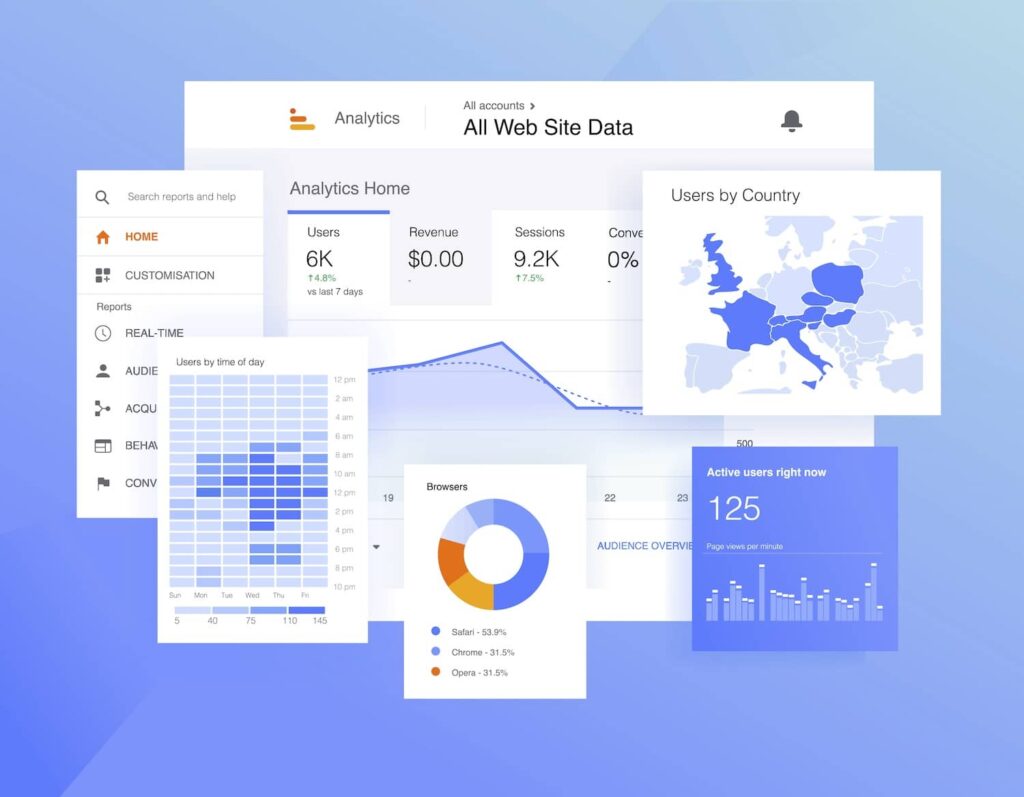A Comprehensive Guide to Secondary Dimensions in Google Analytics: Unveiling Its Duty in Information Interpretation
A Comprehensive Guide to Secondary Dimensions in Google Analytics: Unveiling Its Duty in Information Interpretation
Blog Article
Introducing the Influence of Second Dimension in Google Analytics on Data Evaluation and Insights
In the realm of data analytics, the application of additional measurements within Google Analytics has arised as a critical device for drawing out much deeper insights and unraveling complex patterns that may otherwise continue to be obscured. By peeling off back the layers of primary data collections, additional dimensions use a nuanced point of view that enhances the understanding of user habits, website efficiency, and the efficiency of advertising and marketing methods.
Exploring the Concept of Additional Measurements
Additional measurements in Google Analytics supply additional insights by enabling individuals to analyze primary information in conjunction with an additional attribute. By including second dimensions, individuals can delve deeper into the data and discover beneficial correlations that could or else go undetected - what is a secondary dimension in google analytics.
Understanding the idea of second dimensions is crucial for maximizing the potential of Google Analytics. It allows individuals to section information efficiently, determine patterns, and make educated decisions based on a much more complete photo of their analytics data. By exploring the numerous second dimensions readily available in Google Analytics, users can unlock brand-new understandings and enhance their electronic advertising initiatives. Essentially, second measurements serve as a powerful tool for improving information evaluation and driving workable results.
Enhancing Information Analysis With Second Measurements
Having established the foundational understanding of additional dimensions in Google Analytics and their critical duty in data analysis, the emphasis now changes in the direction of leveraging these additional credit to enhance the interpretation of analytics data (what is a secondary dimension in google analytics). By incorporating additional dimensions into information evaluation, experts can acquire much deeper understandings into individual habits, web site efficiency, and marketing efficiency

In addition, second measurements help in contextualizing key information metrics by supplying additional layers of info. This contextualization aids in understanding the 'why' behind the information trends, assisting experts make educated decisions and optimizations to boost general efficiency. Inevitably, including additional measurements enriches the information analysis process, causing even more purposeful insights and critical activities.
Uncovering Hidden Insights Through Second Dimensions
Discovering the midsts of analytics data with second measurements discloses valuable insights that would certainly otherwise remain covered. By incorporating second measurements in Google Analytics, businesses can uncover covert patterns, trends, and relationships that provide a more detailed understanding of user habits and web site efficiency. These extra layers of data permit experts to dive deeper into the main dimensions, such as website traffic sources or landing pages, and gain a more nuanced perspective on just how imp source various variables interact with each various other.
Via the usage of secondary measurements, experts can sector and contrast data throughout different dimensions, enabling them to determine specific factors that affect customer involvement, conversion prices, and overall success metrics. For instance, by matching the main measurement of 'device group' with the additional measurement of 'age,' marketing professionals can determine which age demographics favor accessing the internet site with mobile devices versus desktops. This level of granularity encourages organizations to make data-driven decisions and maximize their methods for much better outcomes. Ultimately, uncovering hidden understandings via secondary measurements improves the deepness and precision of data analysis, bring about more educated decision-making and enhanced performance results.
Leveraging Additional Dimensions for Actionable Analytics
Structure upon the understandings revealed through second measurements in Google Analytics, services can currently harness this enriched data landscape to drive workable analytics and tactical decision-making. By leveraging second measurements, organizations can dive deeper right into their information to remove useful patterns, patterns, and relationships that may have formerly gone undetected. This deeper degree of evaluation enables organizations to gain an extra detailed understanding of customer behavior, project efficiency, and general website effectiveness.
One trick advantage of making use of second dimensions for actionable analytics is the capability to section information based on details criteria. This division permits companies to tailor their projects and methods to various target market groups, bring about more targeted and reliable advertising efforts - what is a secondary dimension in google analytics. Additionally, secondary measurements supply an even more alternative sight of individual interactions, enabling services to optimize their internet site material, design, and overall user experience
Taking Full Advantage Of Decision-Making With Second Measurements
To improve tactical decision-making in analytics, leveraging second dimensions in Google Analytics can offer a more nuanced point of view on individual habits and campaign performance. By integrating additional measurements into information analysis, organizations can dig much deeper right into the specifics of their internet site visitors' interactions and involvement patterns. This extra layer of details enables for an extra comprehensive understanding of exactly how different variables, such as demographics, gadgets, or traffic resources, effect essential performance indicators.

Conclusion
In verdict, making use of secondary measurements in Google Analytics plays a vital duty in have a peek at this site boosting information evaluation and discovering concealed insights. By discovering this principle, one can obtain a much deeper understanding of user habits and make informed choices based on actionable analytics. Leveraging second measurements enables an extra thorough interpretation of data and makes the most of the effectiveness of decision-making procedures.

Report this page